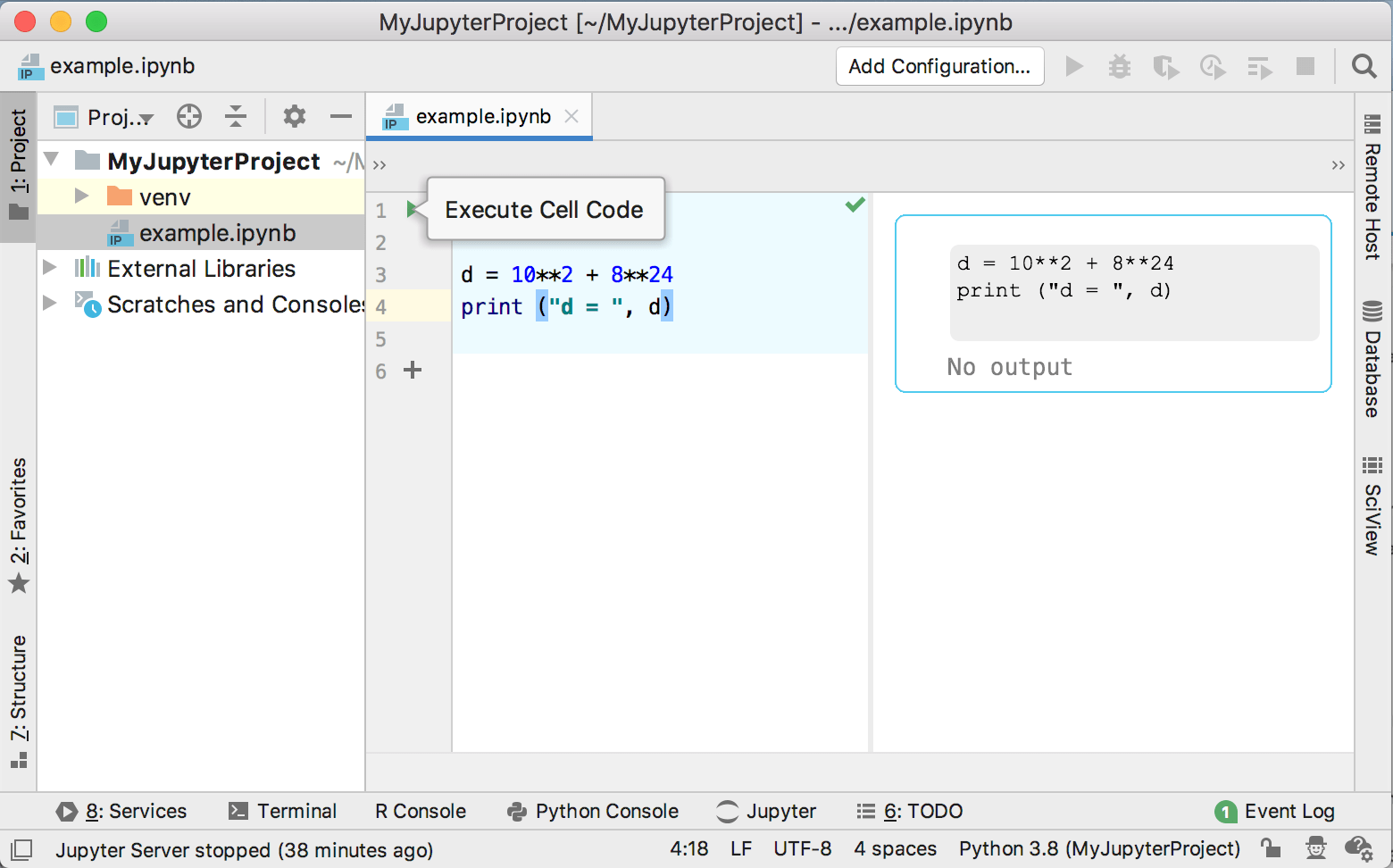
Next time you need to log in you’ll be able to use the new password instead of Your _new_ _password_ enter both and click on Login and setup new password. You will be presented with a form asking for the current _token_, as well as

Should give you the opportunity to setup a password from the user interface. Automatic Password setup Īs of notebook 5.3, the first time you log-in using a token, the notebook server This command will create the Jupyter folder if necessary, and create notebookĬonfiguration file, jupyter_notebook_config.py, in this folder. Is your Jupyter folder located in your home directory: Prerequisite: A notebook configuration file Ĭheck to see if you have a notebook configuration file, NotebookApp.password setting in jupyter_notebook_config.py. To set up a password manually you can configure the As of notebookĥ.0 this can be done automatically. You can protect your notebook server with a simple single password. The public internet, but doing so introduces additional Somewhere that is accessible to your users on a network. To use JupyterHub, you need a Unix server (typically Linux) running If you want a multi-user server, the official solution is JupyterHub. If you allow multiple users toĪccess a notebook server as it is described in this document, theirĬommands may collide, clobber and overwrite each other. Only be done by someone who wants remote access to their personal machine.Įven so, doing this requires a thorough understanding of the set-ups This documentĭescribes how you can run a public server with a single user. This is not the multi-user server you are looking for. Distributing Jupyter Extensions as Python Packages.Security in the Jupyter notebook server.Using a gateway server for kernel management.Embedding the notebook in another website.


Running the notebook with a customized URL prefix.Adding hashed password to your notebook configuration file.Prerequisite: A notebook configuration file.


 0 kommentar(er)
0 kommentar(er)
